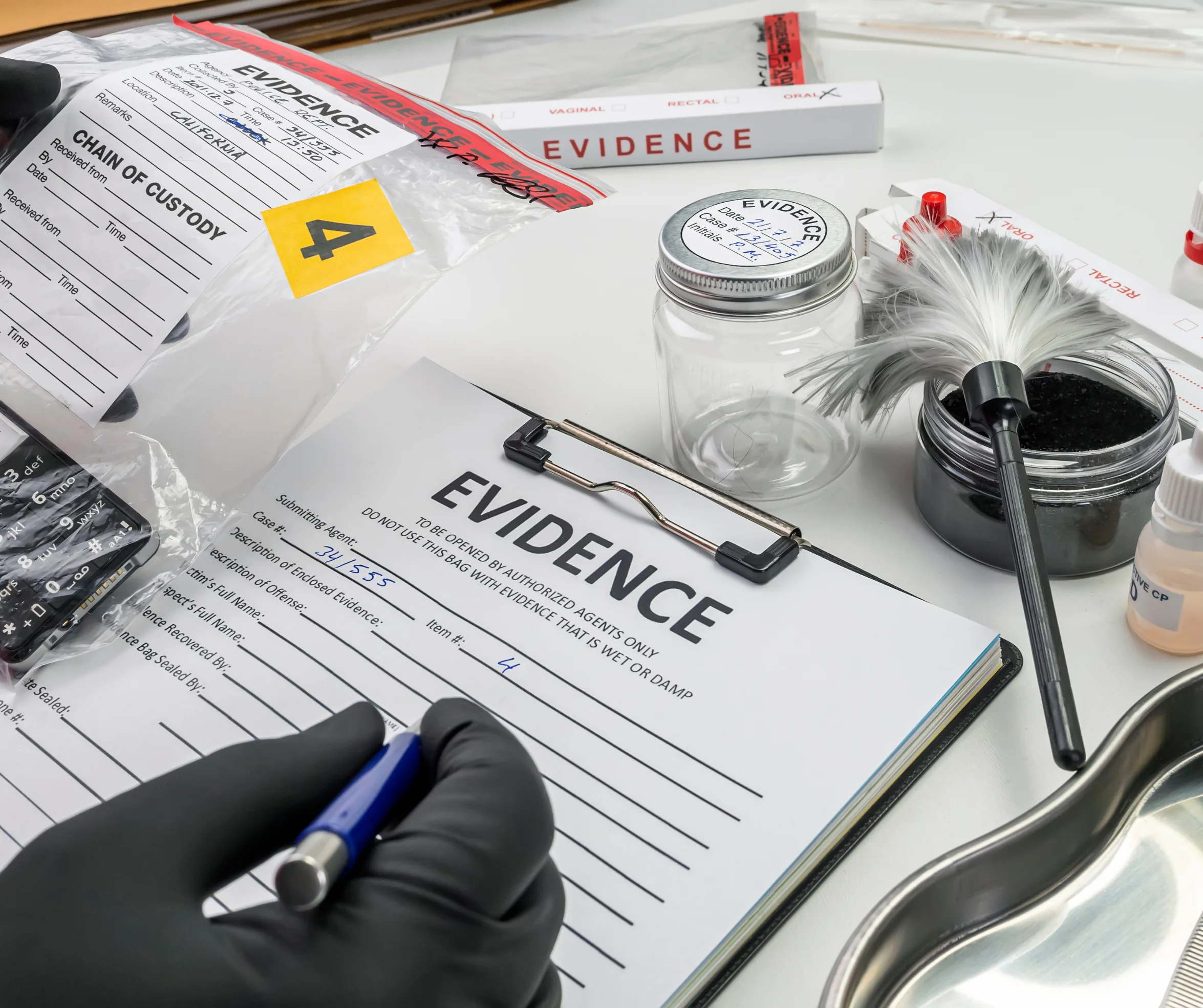Digitizing historical archives, particularly those stored on microfiche and microfilm, offers significant benefits including:
- Cost Reduction: Eliminates expensive equipment maintenance and storage costs.
- Risk Mitigation: Protects valuable documents from irreversible damage or loss.
- Improved Access: Enables easier retrieval of files from any location, with secure login.
- Efficient Storage: Saves physical space by converting documents into digital format.
Once the decision has been made to replace a physical with a digital mailroom, the very next question is whether to build the mailroom in-house or outsource it to a third-party digital mailroom expert.
Many organizations have been using microfiche and microfilm as a format for archiving purposes and long-term storage for many years. However, retrieving the information contained in them can be difficult, due to a number of reasons:
- The difficult nature of the medium
- The condition the files are in
- How the files were filmed onto the microfiche
- How the files should be organized
- Having to adjust the files for density (i.e. light and dark frames)
On top of this, the machines needed to read microfiche and microfilm can break unexpectedly or simply wear out due to age. Spare parts can become incredibly expensive or are no longer available – likely due to not being supported by the OEM anymore. Therefore, companies need to consider scanning their archives stored on microfiche and microfilm into digital documents in order to future-proof them into a format that can be more easily accessible.
In this article we take a look at why businesses should consider digitizing their historical archives and the benefits that come from doing so.
Benefits of digitizing historical archives on microfiche and microfilm
Microfiche and microfilm have been so widely used for a long time, so many companies feel that they are stuck with the process, and that it isn’t possible to completely move away from it. However, technological advancements mean that it is now possible to digitize these documents and bring them up to date. There are a number of benefits to this digitization, including:
Reduced cost
Storing microfiche and microfilm and the cost of keeping the equipment needed to access them in order can be extremely costly, especially when they’re old and replacement parts are expensive. By digitizing these documents, you can significantly reduce these costs. Because the files will be able to be accessed digitally, there is no need for complex, expensive equipment to read the files. The information and data can be viewed as PDFs on everyday digital devices, such as a laptop, tablet, or mobile phone.
Reduced risk
Storing and manually retrieving physical microfiche and microfilm files can be extremely time-consuming and expensive, especially when you need to ensure the conditions are right for storing this type of medium. Microfiche and microfilm need to be stored in containers that will not damage the images or cause fading over time. Therefore it’s essential that the conditions are met if your historical archives are to last. When these files are digitized, they can be encrypted, and password protected to ensure that only those with authority can access them. Additionally, it means you have a digital backup of your files stored on microfiche or film.
This means that organizations are less likely to encounter disasters such as irreversible damage or permanent loss, which ensures that historical archives are safe and future-proof.
Improved file access
With microfiche and microfilm files being in physical format, it means that anyone wanting to access them will have to locate and retrieve the right archive (providing they have been stored and indexed correctly). However, with digital versions of your archive, anyone needing to access a specific file will be able to no matter where they are, with a secure login to do so and without the need for specialized equipment.
More efficient storage
When organizations have a huge historical archive of microfiche and microfilm, not only is this extremely costly to maintain, but it also wastes valuable space especially when you consider you need to be storing expensive readers as well. Digital files only take up virtual space and therefore don’t require a huge physical area to accommodate them. Once you have scanned and backed up files, the physical copies can be moved or disposed of to free up space, which can be used more efficiently.
Interested in how the digitization of documents works? Find out our method here.
Can you digitize microfiche and microfilm in-house?
While you can digitize microfiche and microfilm files in-house, in order to ensure the best results, there are many considerations you need to take into account if you’re going to attempt it. For example, you need to have in-house equipment capable of handling the rigors of microfiche and microfilm scanning and these can be quite costly.
There are also a number of other factors you need to consider before digitizing in-house, including:
- Any imperfections in the microfiche or microfilm need to be addressed before being scanned properly into a digital format.
- The media must be laid completely flat before it can be scanned.
- If your microfiche or microfilm isn’t in good condition, it could result in a poorly produced image. Only a special high-definition scanner will be able to bring back “lost” information from potentially old or damaged files. (A vendor skilled in digitizing microfilm and microfiche has trained staff who can edit and “save” information that would otherwise be lost without the expertise.)
- If the files were not filmed straight onto the microfiche or microfilm, the produced image becomes skewed; only advanced software technology can de-skew it.
- Any documents must be re-filed to their original position, which is difficult when often they are in sequential order or filed by date. You may need to do this manually if attempting to scan in-house, which can be difficult without capable technology.
If you do consider the in-house route, it’s important to consider the large amount of resources your company will need to account for. However, often this means taking resources away from other business-critical tasks and causing delays on other projects, so we recommend that you consider alternative methods.
Why should you consider using an expert to digitize your microfiche and microfilm?
When it comes to digitizing microfiche and microfilm documents, without the necessary resources and expertise to do it, the process can be complex and difficult. For instance, the scanner itself will have a myriad of settings you’d need to know how to work, making it very technically difficult to get right. Your scanner needs to be able to create an exact replica of these documents and this shouldn’t be left to chance.
Instead, we recommend outsourcing to a microfiche and microfilm digitization expert, as they will be able to determine the best and most cost-effective method of splitting and indexing your archives, as well as ensuring good quality images are retrieved from them. This is particularly helpful if you need to scan very large archives, which in turn means that outsourcing this activity is a more cost-effective option.
Ideally, you should source a supplier that can also provide off-site storage of your archives, because not only will this help free up valuable space, but they will also be stored securely in purpose-built, highly secure facilities. Your chosen supplier should also be able to allow you access to digitized files via a digital vault, where you can request access to and manage your various archives.





